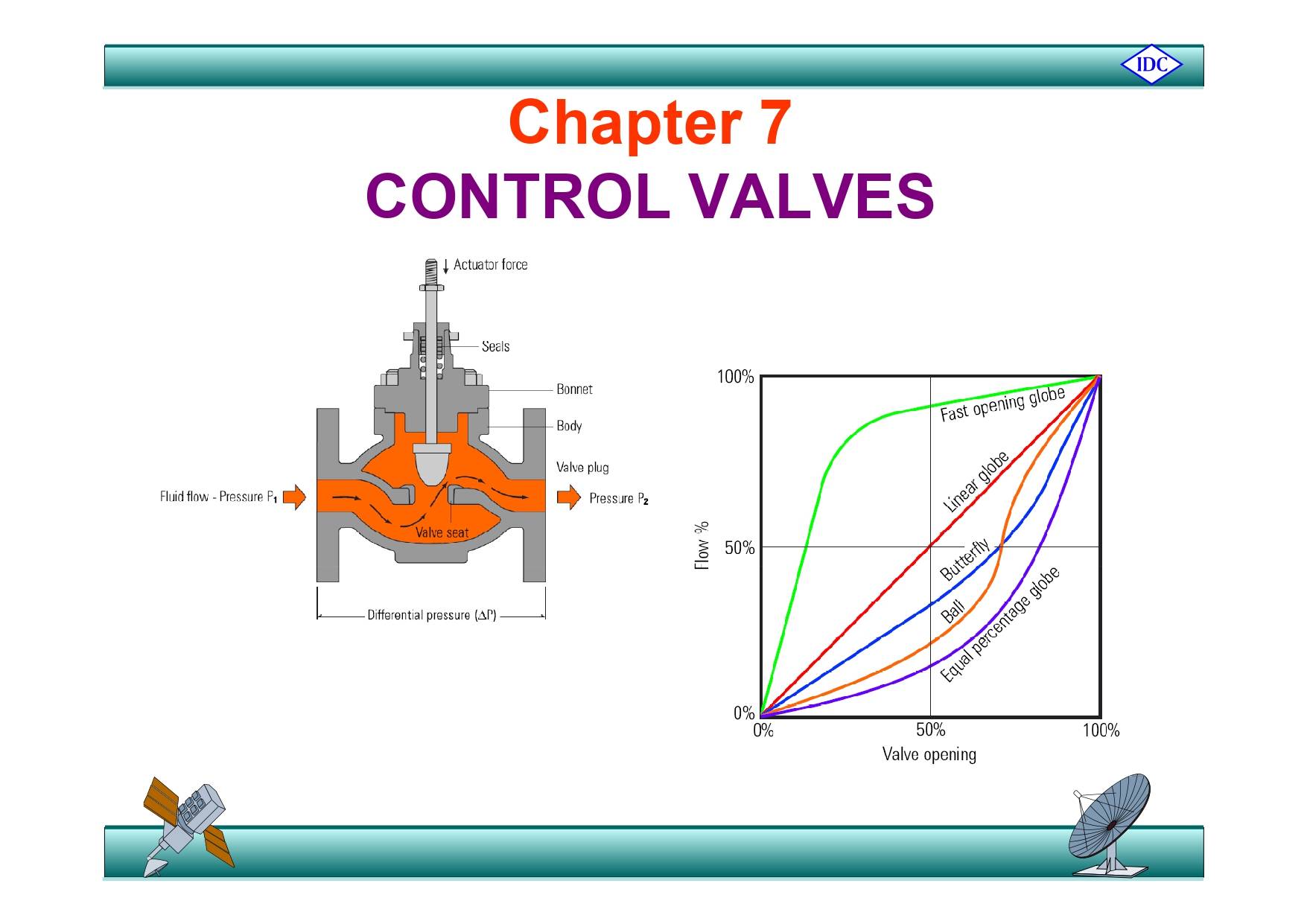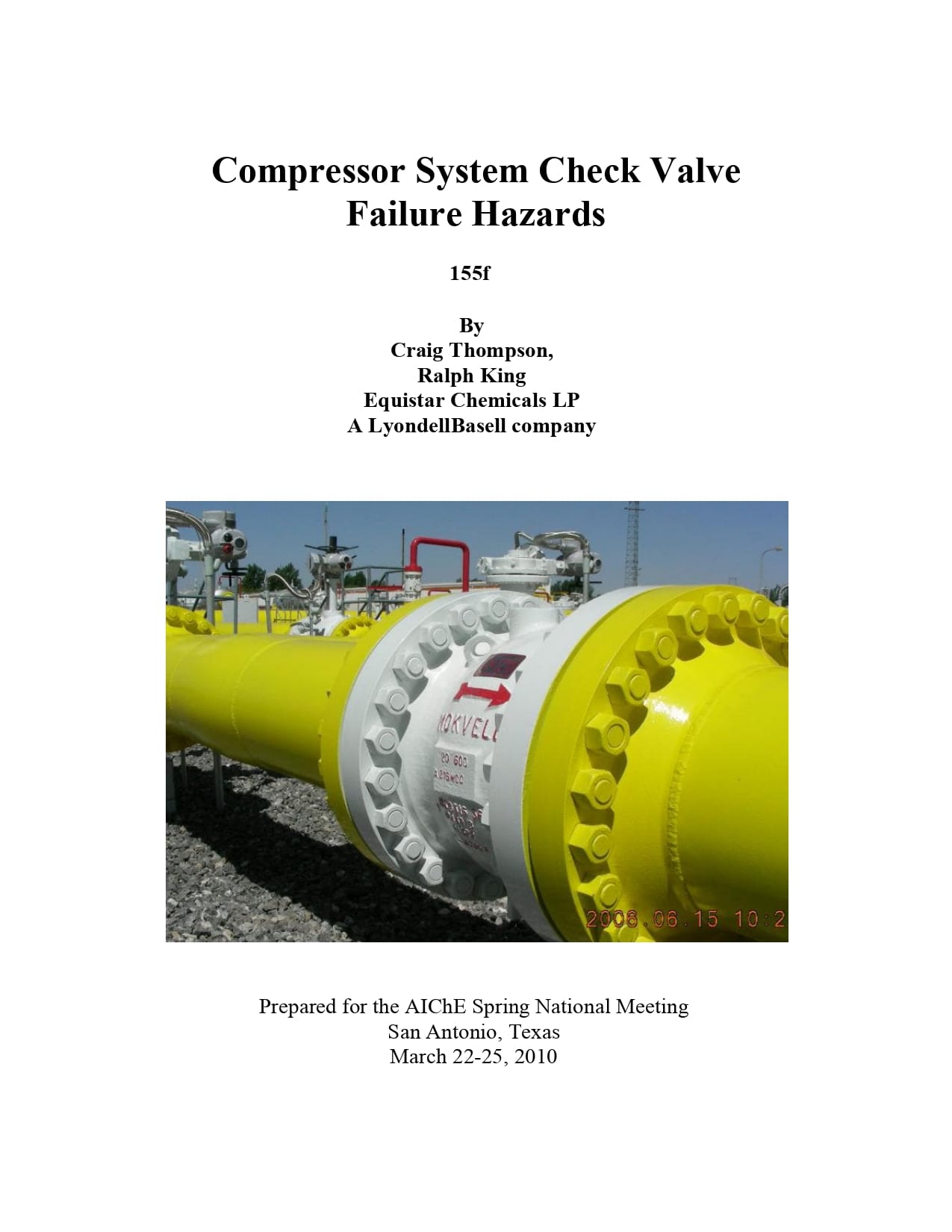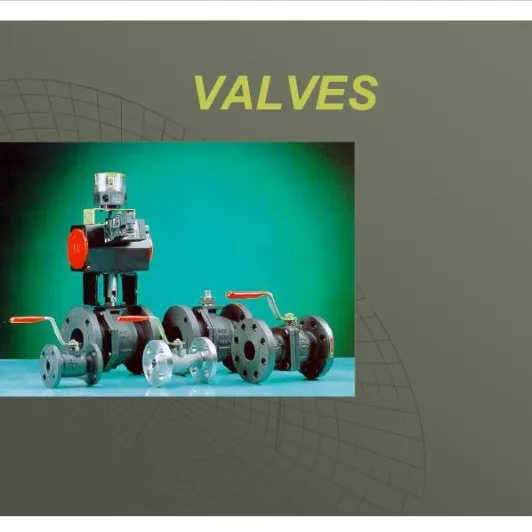INTRODUCTION
In process systems, the final control element is normally a pneumatically actuated control valve, which is used to pneumatically actuated control valve, which is used to regulate the flow of a fluid. It provides the necessary power to translate the controller to translate the controller s' output to the process output to the process. Pneumatics is used because of the original popularity of
pneumatic control systems and the comparatively low pneumatic control systems and the comparatively low operating pressures used, also for safe operation in the hazards facilities hazards facilities.
As shown in the figure, in the basic components of a control loop, the control valve is subject to the harshest conditions.
A control valve is also the most expensive item and the most prone to incorrect selection.















Reviews
There are no reviews yet.